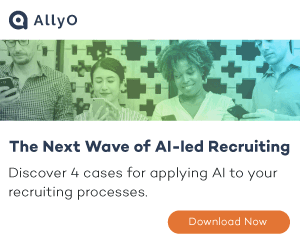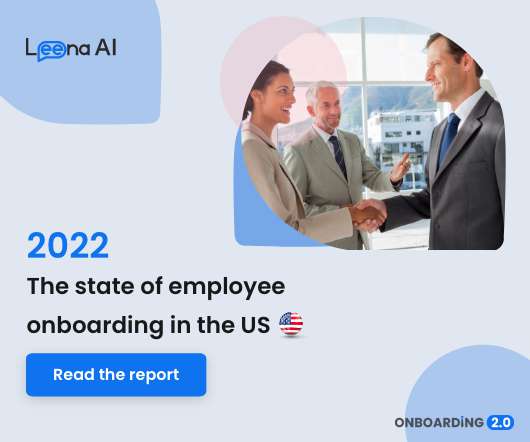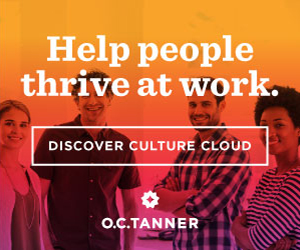8 in 10 HR pros use or want to use AI, HR Brew survey finds
HR Brew
DECEMBER 5, 2024
At HR Brew, we thought now was also a good time to take stock and assess the myriad changes and development of HR technology, specifically the AI tech finding its way into organizations across the globe. More than half of HR Brew readers surveyed for this story are using AI tech in HR. Quick-to-read HR news & insights.






















































Let's personalize your content